Avoid these mistakes in the turkey woods
ON 04-06-2022
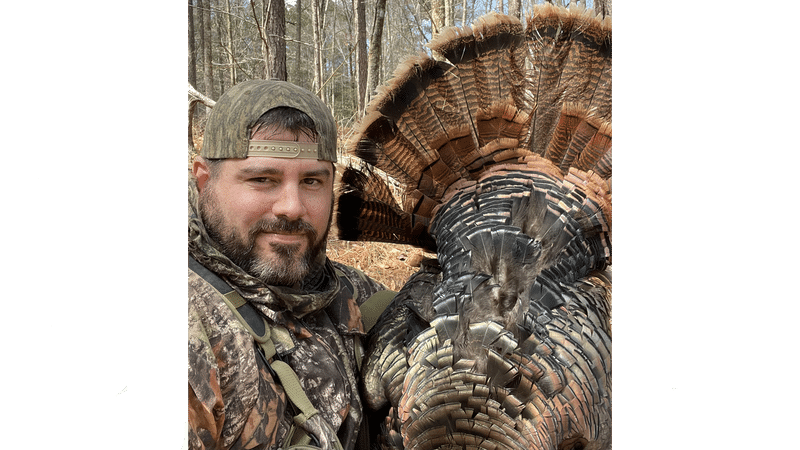
April 6, 2022
Randy Zellers
Assistant Chief of Communications
LITTLE ROCK — Col. Brad Young isn’t just chief of law enforcement for the Arkansas Game and Fish Commission, he’s a dyed-in-the-wool hunter who was introduced to the turkey woods by his grandfather when he was 7 years old. During more than 30 years in the turkey woods, he’s learned quite a few tricks through trial-and-error, and has seen many face frustration when they wear a turkey vest for the first time. While he’s not about to give up the goods on his favorite turkey hunting locations, Young does have some great advice for everyone as we begin to see people heading to the woods in search of their first Arkansas gobbler.
Safety first
Before giving some solid advice for beginners, the first thing Young speaks about is the importance of safety in the turkey woods.
“Turkey hunting, in particular, requires people to really pay attention to their target and follow all the safety rules taught in Hunter Education,” Young said. “Hunters are camouflaged and sitting on the ground at the same level as the game you’re pursuing. Some are putting out decoys that can look pretty realistic. At the end of the day, we all want to go home with good hunting stories and hopefully a bird, so I always have to start with safety.”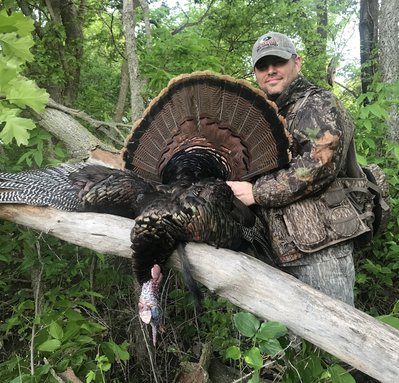
Young says the practice of “fanning” has become more common, which makes it even more imperative to see every bit of that gobbler before you pull the trigger. Hunters will take a fan of a bird and hold it directly in front of them while lying on the ground, inching up to a bird. “It works well, but puts the hunter directly behind the fan.”
Get to know your gear
Preparing for the season isn’t just about practicing on your calls. Take some time to really get to know the equipment you’ll be using, so it’s ready to go at a moment’s notice. When that bird fires off back at your soft yelps isn’t the time to figure out how to flip down the seat on your new turkey vest or discover your facemask never got put in your pocket.
“You also want to know exactly how your shotgun is going to pattern and what your effective range with it really is,” Young said. “With all the work you put into getting into range of a bird, you don’t want to shoot and end up with a cripple. You owe it to yourself and the bird to make a quick, efficient shot that anchors him on the spot.”
Know the score
Google Earth, OnX and a host of other online scouting tools are available to really get to know the area where you plan to hunt; use them. The Arkansas Game and Fish Commission’s website even has interactive maps that show WMA boundaries as well as wildlife openings that may be worth looking into as possible strutting areas.
“When you go out to an area to listen for birds, you want to know where things are around you,” Young said. “If you hear a bird, but know there’s a creek, road or some other obstacle that will cause him to hang up, you want to know where it is and how you could get around it and set up without spooking the bird on the day of the hunt.”
Don’t just rely on the aerial images and topo maps to tell you the lay of the land, either. Take a few mornings to quietly walk the woods and learn a little about where the birds want to be. You can’t do all the scouting from the couch if you want to see success.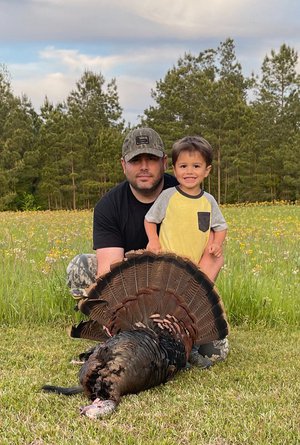
Silent scouting
One of the worst things hunters can do when preparing for turkey season is to let the cat out of the bag before the season even starts. Ideally, you should have already been looking for promising spots before the season is only a week or two away, but if you are still in scouting mode, it’s time to keep it quiet. The sooner turkeys figure out that people are in the woods, the sooner they shut up and get hard to hunt.
“Sometimes it can sound like a hootfest out there with all the owl calls people are blowing to try to locate a gobbler,” Young said. “But if you’ll just go out before sunrise, find a good place to sit and listen, and let the woods wake up on their own, you’ll learn where the birds are and where they want to be without ever letting them know you’re around. I don’t even bring a locator call with me. There are plenty of things that will make a gobbler sound off without me adding to it and maybe tipping him off that something isn’t right in the woods.”
Play a little hard to get
While the subject of calling is being discussed, Just because you bought a new call or practiced for hours on end to get just the right volume with that new split reed diaphragm doesn’t mean that turkey is going to be impressed with more noise. Young stresses the importance of taking it easy with the amount of calling you do once the season is open. Just as in life, sounding a little too eager is a dead giveaway that there’s a red flag hiding just out of sight.
“You really have to start slow and take that bird’s temperature with a few soft yelps or clucks. Let the gobbler’s response dictate how you handle the hunt,” Young said. “If he responds quickly, he might come in on a string with some aggressive calling, but if he has some hens roosted with him or has been pressured by hunters, he may spook if you call too much.”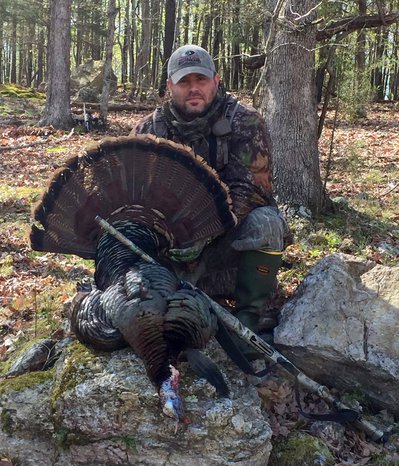
Give him room to work
If you locate a bird and know where he’s roosting, it can be tempting to get close with the notion that you’ll be able to get him even if other hunters hear him gobble. Young advises to keep a little distance between the roost tree and where you set up in the morning.
“It’s rare that I’m ever setting up closer than 80 yards from where I think that bird is roosting,” Young said. “That gobbler may be roosting with hens nearby, who can spot you sneaking in and ruin the day. You also have to give the birds the opportunity to fly down and walk to you. Even if you don’t bump the birds off the roost, they may glide right on top of you, not letting you make adjustments until they’ve passed. It’s always easier to work the bird where he wants to go then try to get him to turn around to where he’s been.”
Patience is a virtue
Another area where many hunters fail is giving up on a bird as soon as they stop gobbling. Young says that just because a bird isn’t hammering back at every call you make doesn’t mean it’s gone.
“He may be heading your way, or he may be distracted at the moment, but he knows where those sounds came from and if it’s going to happen you don’t want to give up too early,” Young said.
Patience doesn’t just mean waiting an extra 10 minutes before giving up on a bird that got quiet early in the morning, it means coming back after a bird that you know is there another time and giving it another shot. That turkey may be with a bunch of hens one morning and not willing to come to you, but they may go off to nest the next day or even that afternoon, leaving him lonely and looking.
“Patience has probably killed more turkeys than anything else,” Young said. “When everything goes right, that bird will come running, but more often than not, you’re going to have to wait and know when to stay put. On a recent hunt, I set up at 6 a.m. and didn’t seal the deal until 2:30 that afternoon. That was an extreme case, but I knew there were birds in the area and it was a matter of timing.”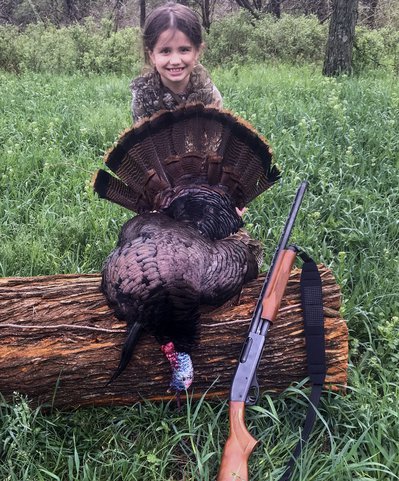
Make memories
Turkey hunting can be a solitary pursuit, and Young still enjoys solo hunts when he’s pursuing a trophy bird, but he also takes time to share experiences with his family.
“Everyone in my family loves to get out and turkey hunt; it’s a true family tradition,” Young said. “My wife and daughter really enjoy it and have taken good turkeys, and my son can’t wait until he’s old enough to join us.”
In addition to the added benefit of company on those sometimes long drives, having some family and friends along can really create those moments you’ll look back on fondly in later years. Hunting stories are always better when there’s someone to share the tale.
Recent News
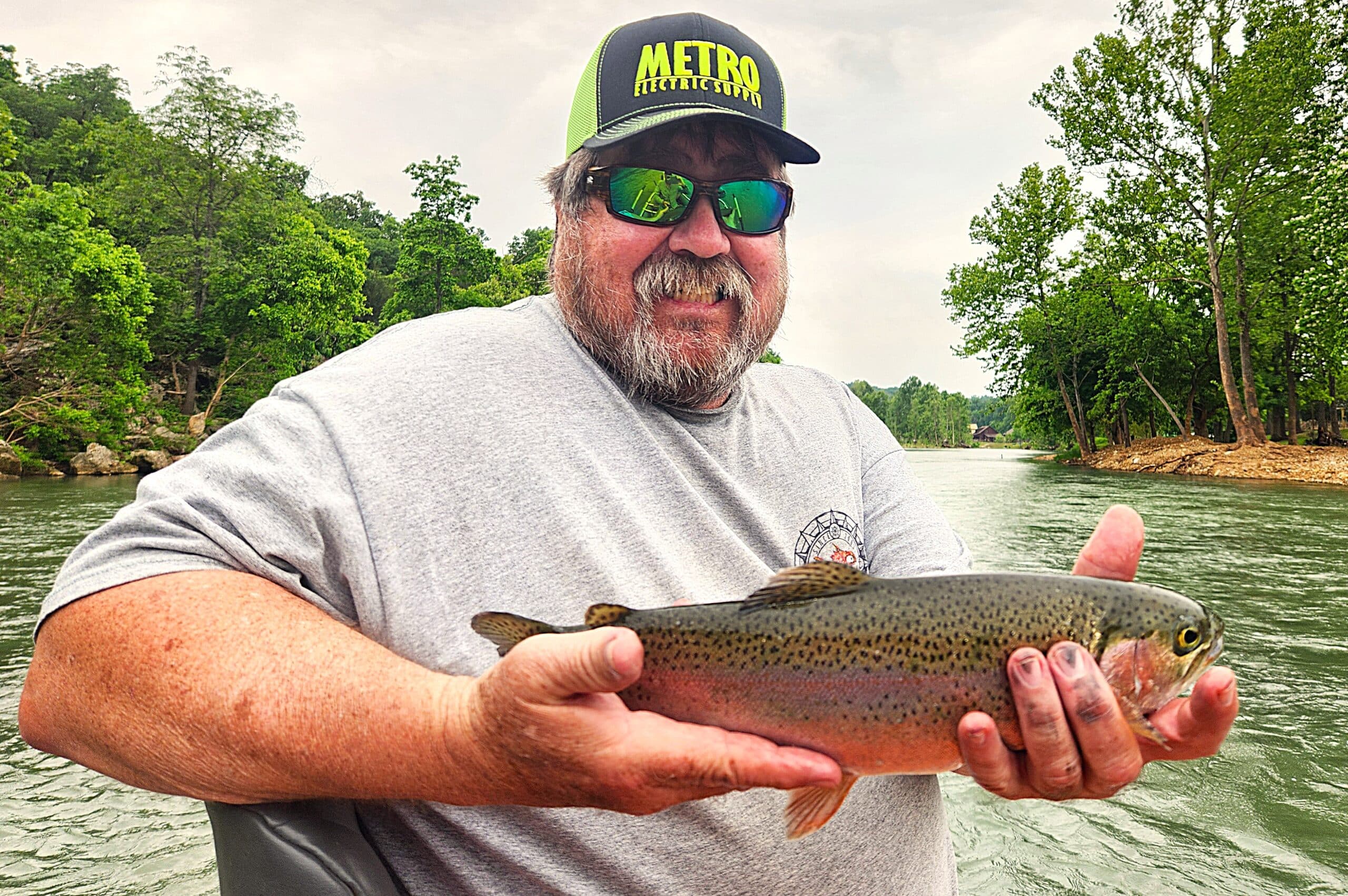
Arkansas Wildlife Weekly Fishing Report
Jun. 26, 2025
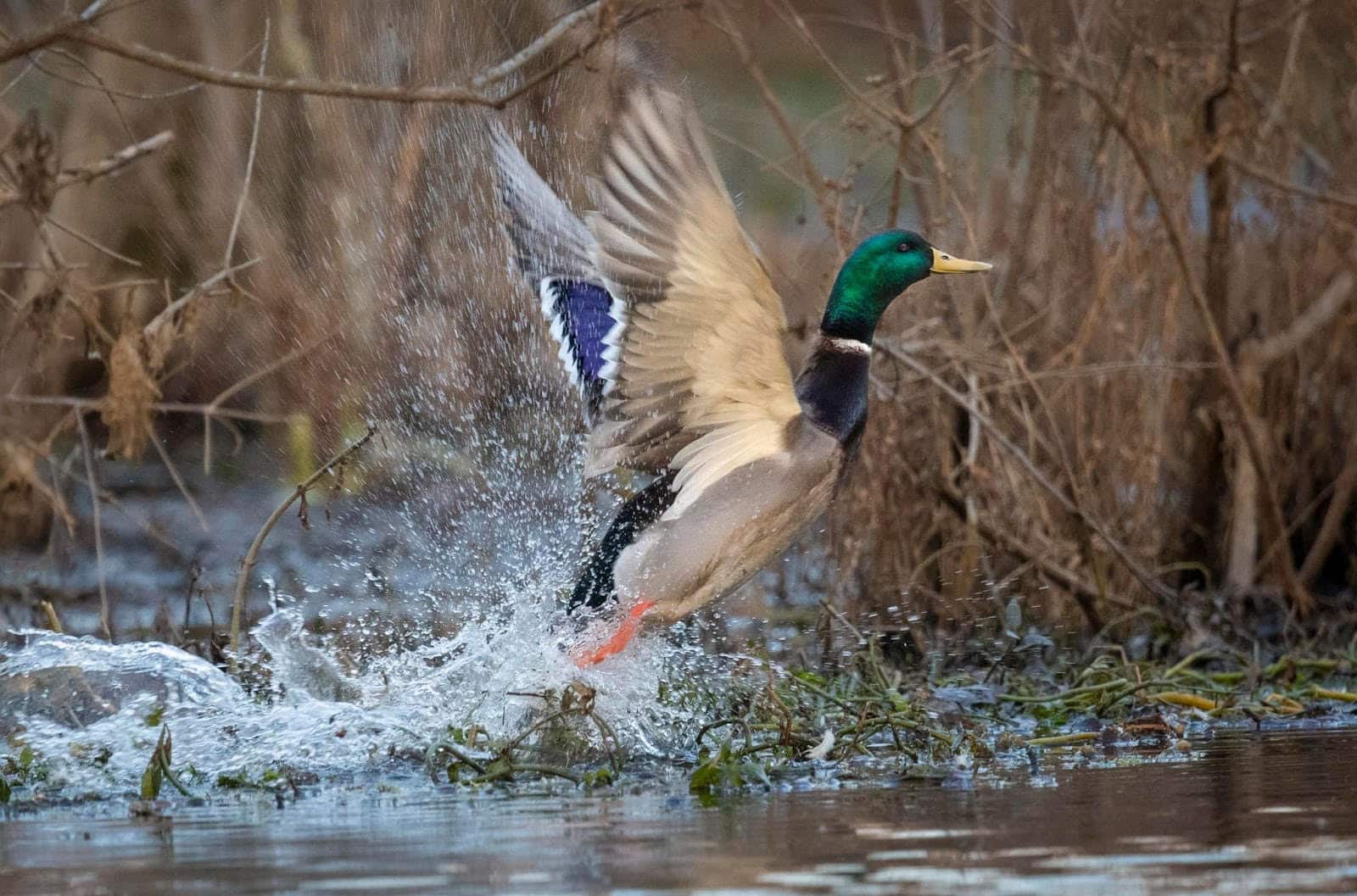
2025-26 Federal Duck Stamp reveal Friday
Jun. 26, 2025
Subscribe to Our Weekly Newsletter E-mails
Don’t miss another issue. Sign up now to receive the AGFC Wildlife Weekly Newsletter in your mailbox every Wednesday afternoon (Waterfowl Reports are published weekly during waterfowl season and periodically outside the season). Fishing Reports arrive on Thursdays. Fill in the following fields and hit submit. Thanks, and welcome!
